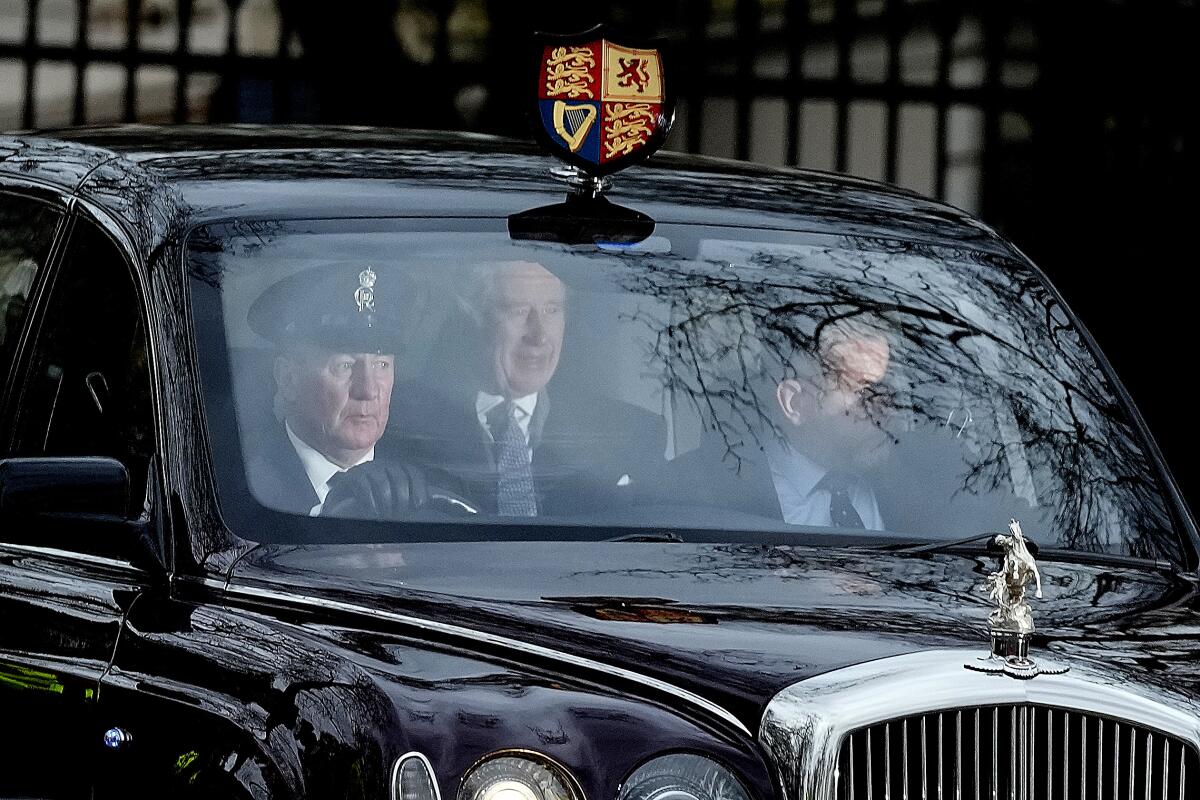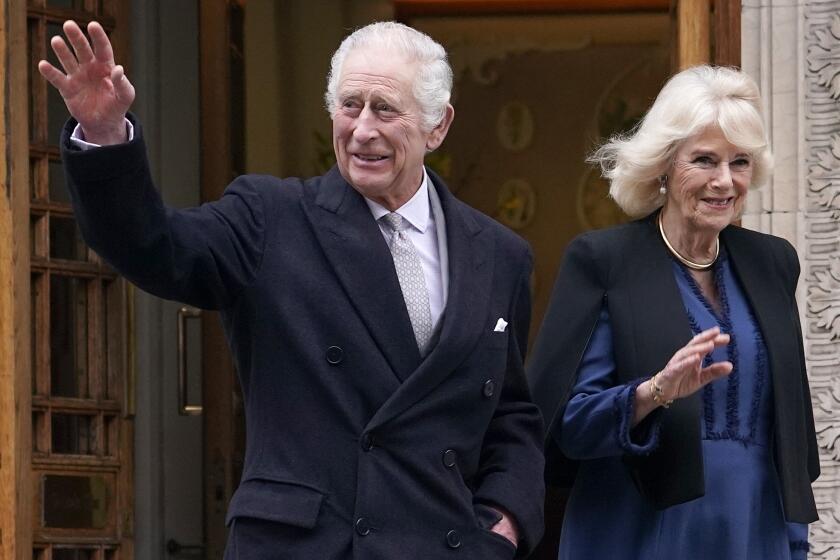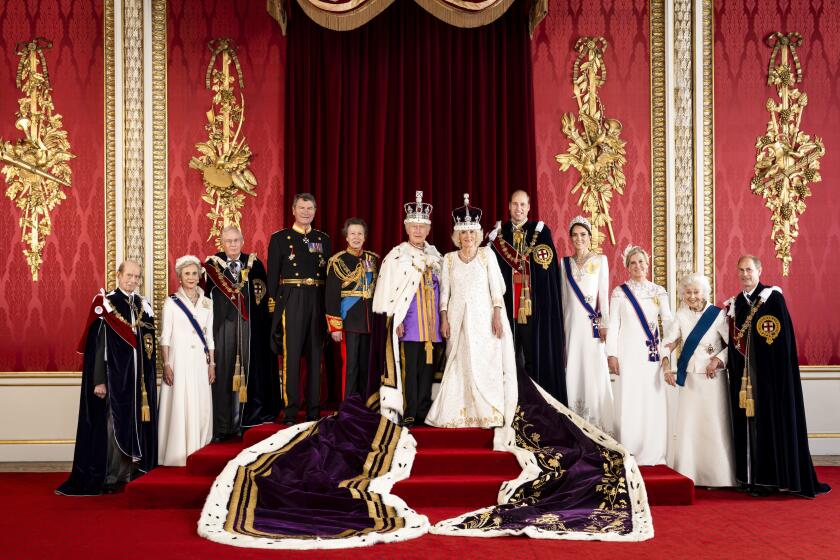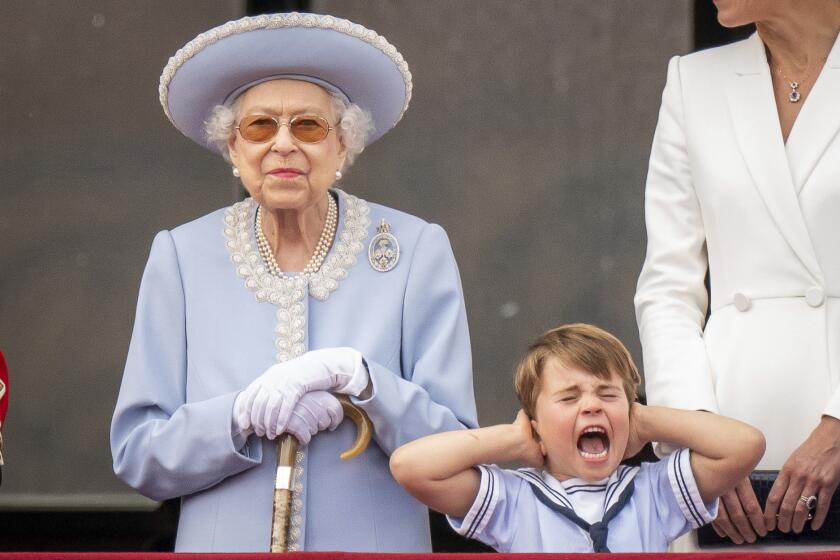Opinion: What King Charles’ cancer diagnosis means for the modern monarchy

“Never complain, never explain” has been the British royal family’s mantra for over a century — a useful motto that has endured through all manner of crises. And this week again it has shown its durability, following news that King Charles III has begun treatment for cancer.
The statement from Buckingham Palace on Monday did not identify which type, or what treatment the 75-year-old king was having, saying only that he had gone public to “prevent speculation” about his health, and that he remains “wholly positive” about his prognosis.
The palace says the cancer is not related to the king’s recent treatment for a benign prostate condition. It did not say what form of cancer he has.
That statement would have seemed ordinary at any other time. But the cancer was found during treatment for the king’s enlarged prostate a couple of weeks ago — an issue on which he was unusually open and duly received great praise. Having vowed to modernize the monarchy, this openness seemed proof of his commitment: the kind of transparency on a sensitive matter that no previous royal figurehead had come close to.
With this diagnosis, the king may learn the limits of the future he envisioned. No public figure should be expected to flaunt their ills, but he has already received some positive feedback on social media and elsewhere about sharing his cancer diagnosis. Still, Buckingham Palace’s statement was opaque, lacking in specifics about his illness that are likely to become more important in the coming months. It appeared to signal his era of openness rapidly contracting, highlighting the awkward public relations space in which the monarchy resides.
In spite of 1,200 years of monarchy rule, on health transparency there is little for the king to crib from. A biography released in 2022 alleged that Queen Elizabeth II had been battling myeloma, a form of bone marrow cancer, in the months leading up to her death — a diagnosis that, if true, was not made public. An earlier biography, published in 2009, revealed that she had been treated for cancer twice: having a tumor removed from her colon when she was 66 (officially described as abdominal surgery to remove a partial obstruction), and in 1984 having breast cancer surgery (when she was said to be in hospital for “tests”).
The ostentatious coronation probably didn’t help a royal family already tarnished by Prince Harry, Prince Andrew, Netflix’s ‘The Crown’ and general obliviousness.
The queen’s silence was learned behavior. Her father, King George VI, had his lung removed in 1951 in a procedure designed to correct “structural abnormalities,” according to officials, which was in fact a carcinoma. He died suddenly five months later from coronary thrombosis, though speculation has since followed that the cause was complications from his cancer spreading.
King Charles seemed, at least a fortnight back, to be doing things differently. Around the time of his coronation in May last year, there was much talk of bringing the monarchy in line with current mores, of “slimming down” the number of Windsors afforded vast privileges of birth and demonstrating soft power in less grand a manner than before. State visits have taken the most senior royals to the U.S. and France, Kenya, Kuwait, Sri Lanka and beyond in recent months, helping to maintain a continuous global presence.
The recent health scares for the king and for Catherine, the Princess of Wales, who underwent abdominal surgery last month (around the same time as the king’s prostate treatment), have been cause for concern — yet have helped their popularity, per new polling, seeing them rise three percentage points apiece since May. Publicizing common health issues, it would appear, makes the royals seem more of the people, or at least better liked.
Queen Elizabeth’s whole life was based on duty and ritual. That didn’t stop her from taking a moment to chat up her antic great-grandson during her Platinum Jubilee.
Yet the king’s latest update introduces more uncertainty. A sustained pause on royal duties, as the king is understandably taking through treatment, will certainly not be what he wanted his first full year of rule to look like. An absent figurehead, even through no fault of his own, is not what the crown in the middle of an identity crisis needs.
The more Britain goes on turning without its state head — which it of course will — the harder it will be to prove the palace’s importance within it. Other royals, such as Queen Camilla, will be taking on more duties in the interim, but a new fragility has been exposed. Slimming down the monarchy was an idea presumably designed when there were royals to expend — but for now, without the king or the Princess of Wales (or Prince Harry), retaining their place in public life will become harder.
British monarchs have shown amazing resilience to scandal and bad fortune over the centuries. But if transparency is to be part of their future, whether that can hold in the face of poor health is, for once, beyond their control.
Charlotte Lytton is a journalist based in London.
More to Read
A cure for the common opinion
Get thought-provoking perspectives with our weekly newsletter.
You may occasionally receive promotional content from the Los Angeles Times.













